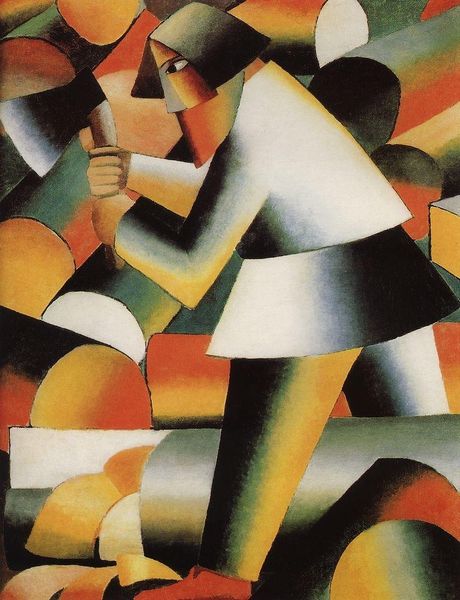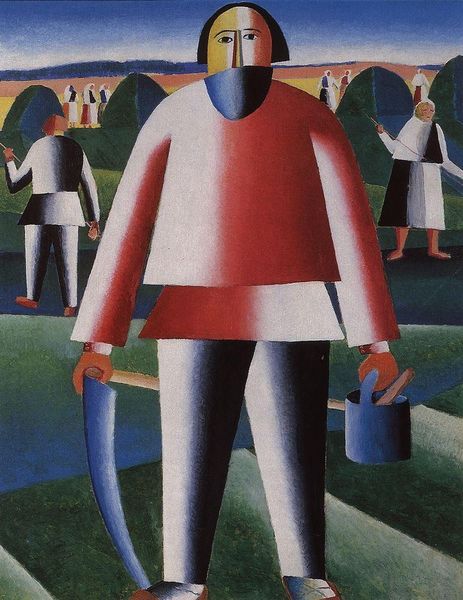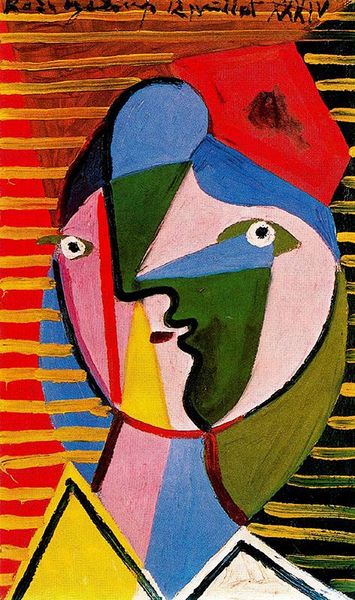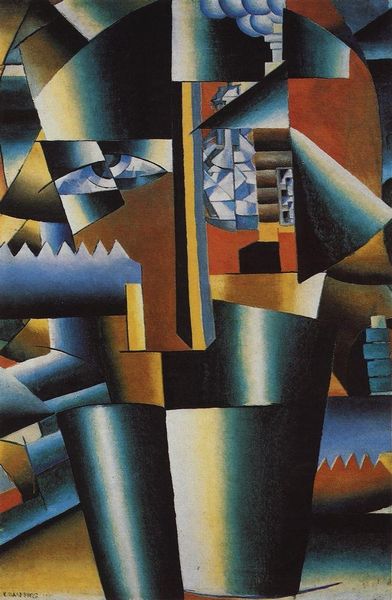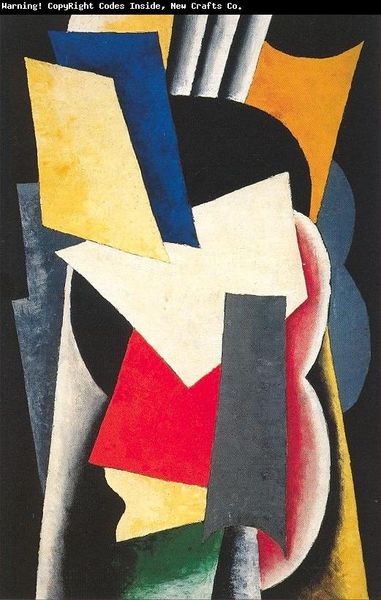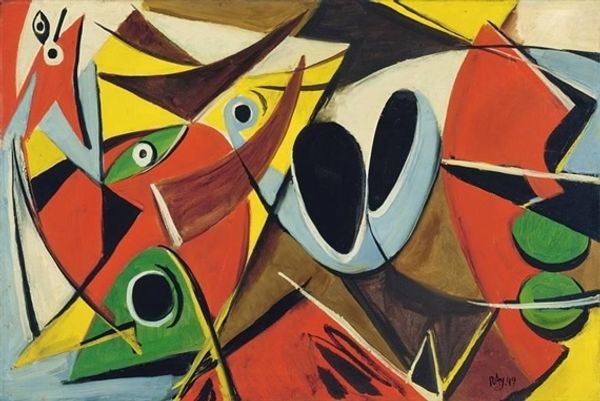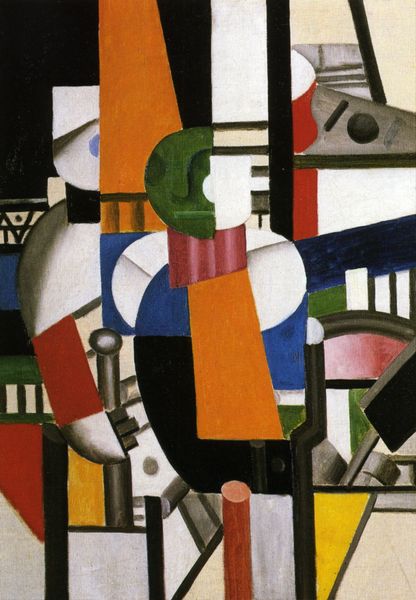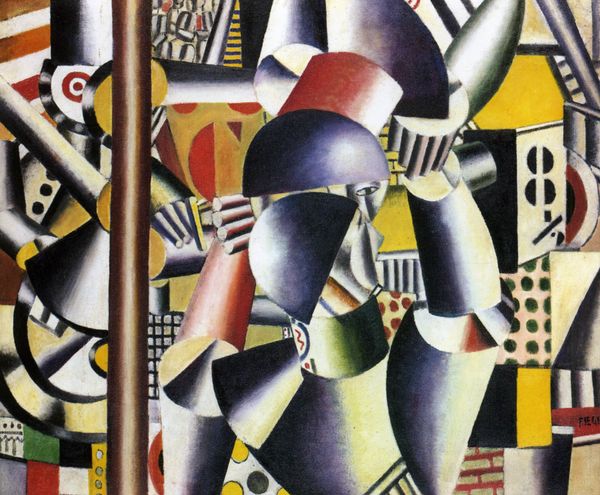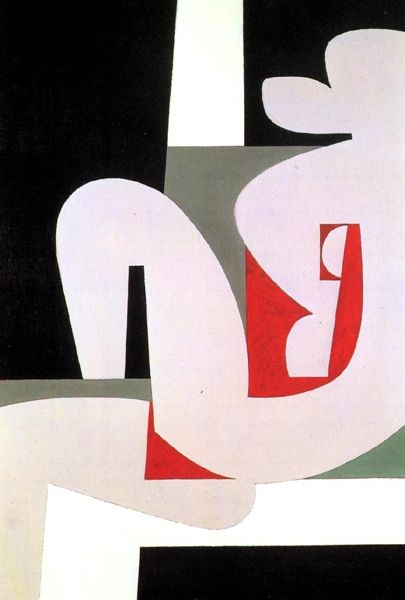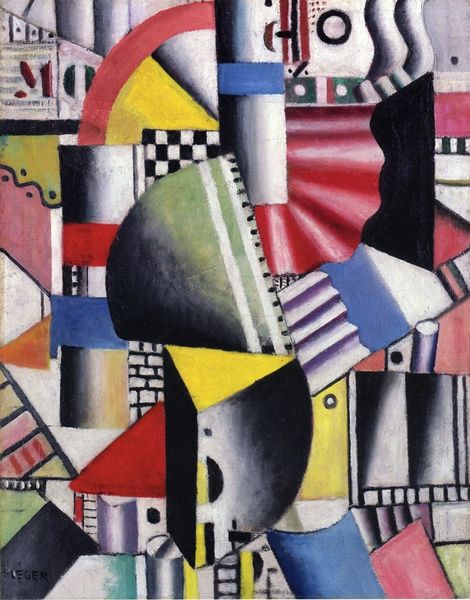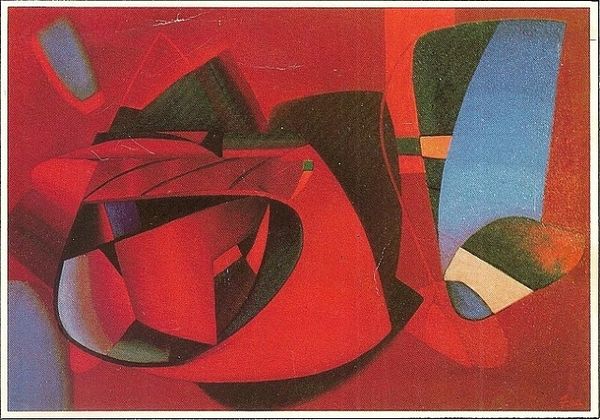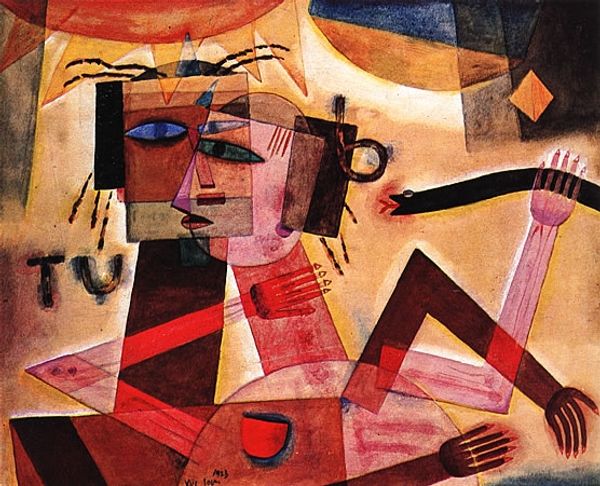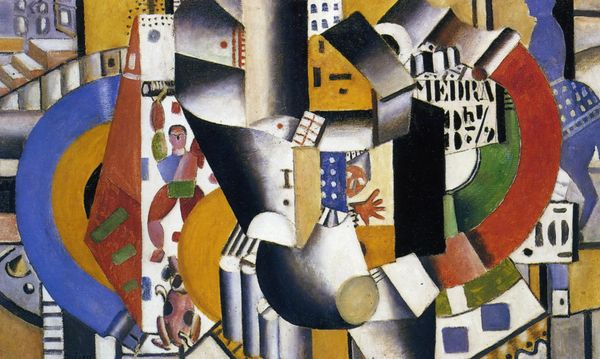
painting, oil-paint
#
portrait
#
cubism
#
painting
#
oil-paint
#
landscape
#
socialist-realism
#
abstraction
#
modernism
Dimensions: 71.7 x 53.8 cm
Copyright: Public domain
Curator: Looking at Kazimir Malevich’s "Head of a Peasant" from 1929, one immediately notices a compelling combination of abstraction and figuration. What stands out to you? Editor: Immediately, it's the duality. The head is so strikingly divided; red and white, harsh lines. It's less a portrait and more a deconstructed study in form using oil paint on canvas. I am very curious as to the paints Malevich was able to obtain at the time and from whom he bought them. Curator: The stark color contrast definitely speaks to that tension, almost a psychological division. Red has always held powerful associations, everything from revolution to passion. Coupled with the white, are we seeing an attempt to capture something beyond simple representation, delving perhaps into the very soul of the peasantry? The duality as a statement about class perhaps? Editor: Soul is an interesting choice of word here, curator, but I tend to stay clear of projecting inner states. For me, the surrounding environment with the figures and the receding landscape actually offers a concrete social framework: what type of labor is being displayed in relation to the looming mechanical forms above? What do we know of labor laws or land management at the time? That sky speaks volumes. Curator: Fair enough! The angular depictions and fragmented composition recall cubist and even suprematist principles that Malevich pioneered. Yet there is also a subtle landscape element. Those figures in the distance evoke traditional Russian folk imagery—a rooted connection to the land despite the modernist rendering. The artist's interest here is in the individual yet also the collective. Editor: Exactly. Let's get down to production here—notice the paint application. Flat, almost industrial. The labor in its making mimics the labor it represents, devoid of romanticism and any overt gestural marks we would expect in earlier landscapes depicting peasantry. And look how the horizon line cuts off behind the subject! Curator: It's as if Malevich seeks to elevate this peasant, this archetype, beyond the immediate field and into a more universal space. The head becomes an icon in and of itself, reflecting something both personal and grand in the socialist construct. Editor: That reading works nicely when we account for the limitations he might have encountered accessing raw materials under the shifting social structures! Interesting to look beyond symbolism at times, isn’t it? Curator: Indeed. Seeing those visual tensions really makes me wonder about cultural resilience and how individual memory finds expression amidst sweeping social change. Editor: Well, next time I see it, I’ll be wondering where Malevich got his canvas primed…perhaps we could find it marked somewhere if we x-ray it?
Comments
No comments
Be the first to comment and join the conversation on the ultimate creative platform.
